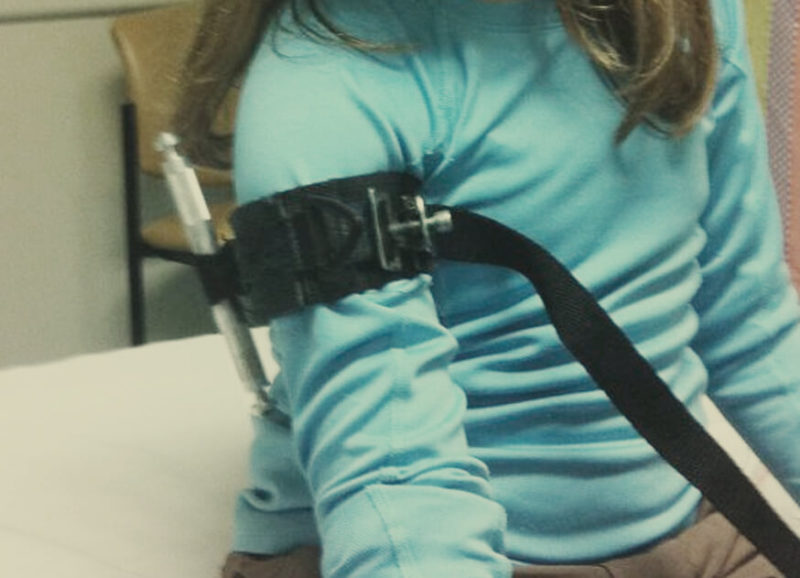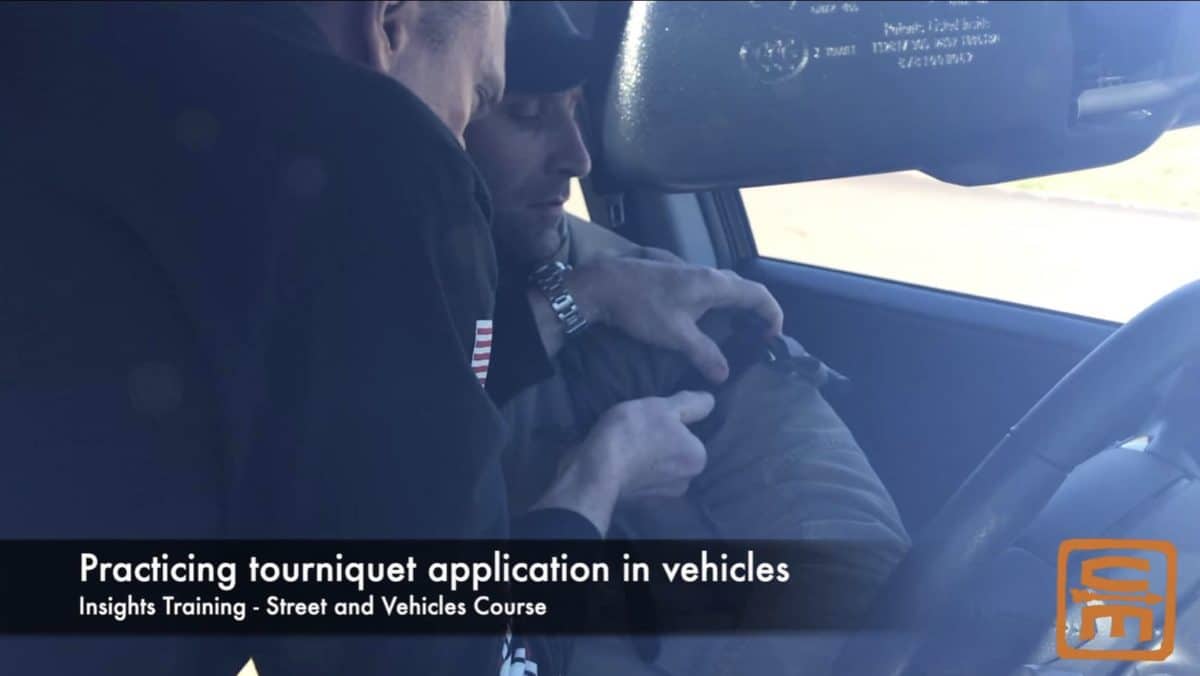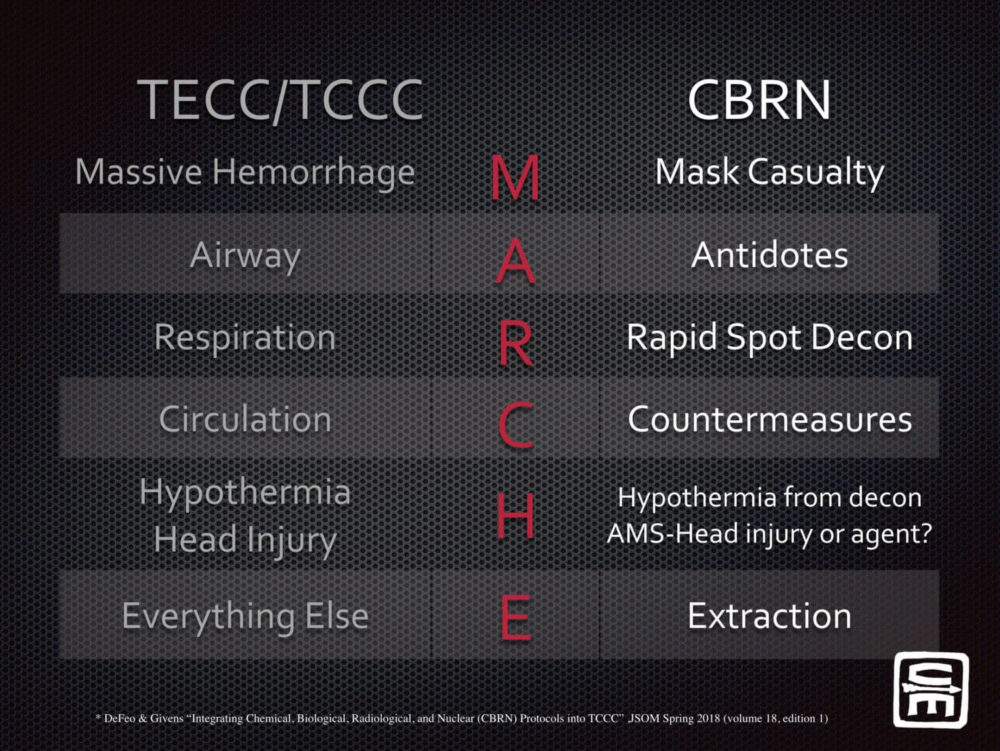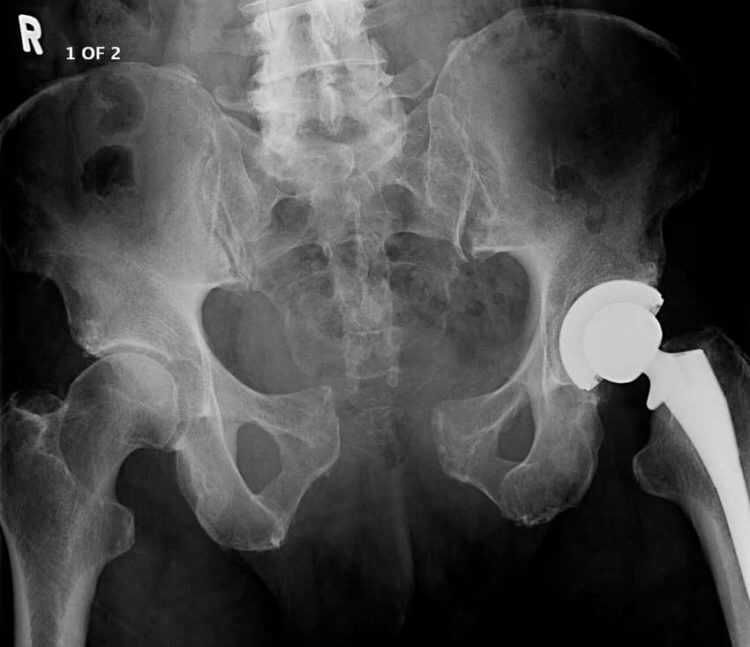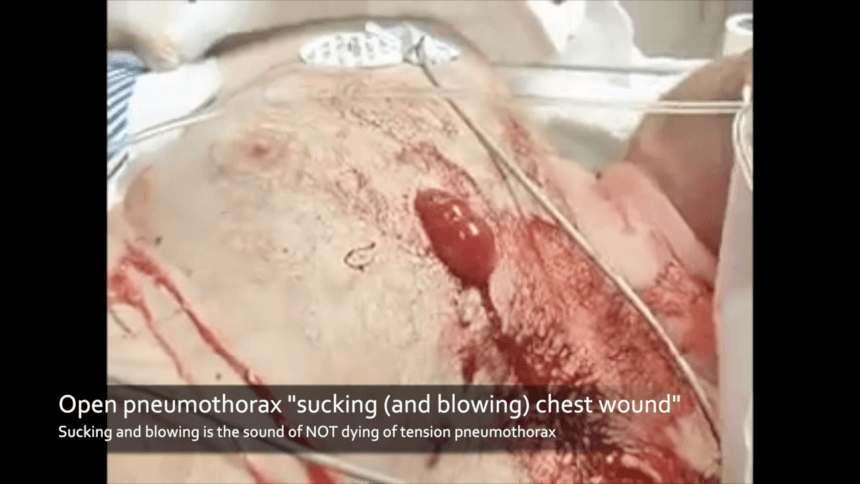🕖 Reading Time, 5 minutes Jacob Hall, 6 years old, died of a femoral artery laceration after being shot by a 14-year-old while he was at recess at his school. Another student and a teacher were wounded. Would a tourniquet …
MARCH: Massive Hemorrhage, Airway, Respiration, Circulation, Hypothermia Prevention
The easy to remember mnemonic MARCH reminds us of the priorities in treating casualties during TECC and TCCC situations. MARCH provides a framework to address immediate life threats and gives an organized approach to begin a casualty evaluation. The MARCH mnemonic is preferable to the ABCDE model because it takes into consideration the reason you need an airway and to be breathing is to circulate blood to the casualty’s brain. Recognizing that, the first step in our casualty evaluation should be to look for massive hemorrhage.
Once past massive hemorrhage, A-R-C is loosely approximated by A-B-C. H- is a reminder that a large number of traumatic casualties arrive at the emergency department or medical treatment facility hypothermic which dramatically increases their death rate.
The MARCH mnemonic can be applied to any patient, as the initial casualty evaluation usually rules out massive hemorrhage.
🕖 Reading Time, 2 minutes When you learn a technique, there is more recorded in your brain than just how to do the task. Where you learned it and details about the source or instructor are also all there. You …
Once upon a time, there was a Happy Little Dough Boy. He loved being in his bakery box. Until one day he was savagely attacked and severely wounded. A leg was traumatically amputated, he was bleeding jelly filling profusely from …
🕖 Reading Time, 5 minutes Managing casualties in high-risk environments like active violent incidents, unstable buildings from explosion or earthquake, and houses on fire is inherently challenging. Adding the possibility of CBRN (chemical, biological, radiological, or nuclear) contamination to that …
“Pelvic fractures are common in combat injuries and may be highly lethal. Twenty-six percent of service members who died during OIF and OEF had a pelvic fracture.” 1 This led to the TCCC committee adding pelvic binders to their guidelines …
Video used with permission by Andrew Dennis, DO FACS, FACOS, Cook County Trauma Burn Unit, Chicago Il 🕖 Reading Time, 6 minutes Sucking chest wounds are dramatic, but rarely life-threatening. The sound of sucking & blowing is the sound of not dying …

